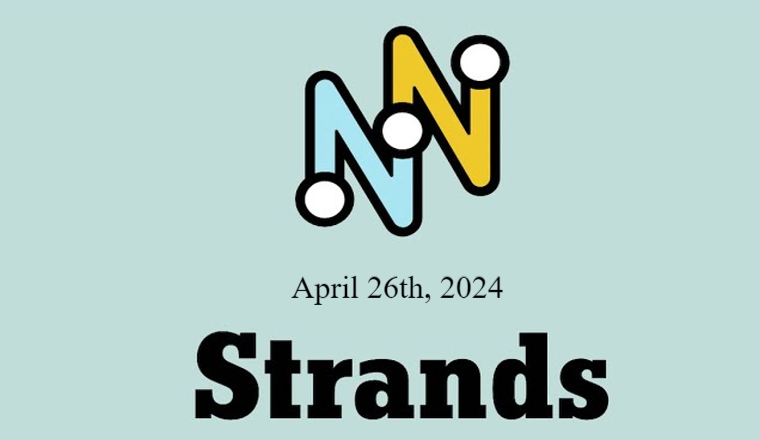In today's NYT Strands puzzle, we embark on a harmonious journey through the intricate world of music notation, unraveling the clues and revealing the thematic words that compose the symphony of this art form. Join us as we decode the hints, uncover the answers, and delve into the rich tapestry of musical language and expression.

The Spangram for today's puzzle is NOTATION, serving as a fitting introduction to our exploration of the language of music. Notation is the symbolic representation of musical sounds and rhythms, providing a framework for musicians to interpret and perform compositions with precision and expression.
Each theme word represents a fundamental element of music notation, encompassing pitch, rhythm, tonality, and structure, essential for musicians to interpret and perform compositions accurately and expressively.
In our article, we'll embark on a captivating exploration of music notation, tracing its origins, evolution, and significance in the world of music. From the earliest forms of notation in ancient civilizations to the standardized systems used in classical and contemporary music, we'll uncover the diverse methods and symbols used to represent musical ideas and expressions.
Drawing upon insights from music theorists, composers, and performers, we'll delve into the intricacies of musical notation, exploring its role in shaping the composition, interpretation, and performance of musical works across genres and cultures. Through visual examples, audio clips, and historical anecdotes, we'll showcase the beauty and complexity of music notation, offering readers a deeper appreciation for the language of music.
As we conclude our exploration of the April 26, 2024, NYT Strands puzzle, we're reminded of the profound significance of music notation as the universal language that unites musicians and listeners in the shared experience of musical expression. May our journey through the world of notation inspire readers to listen, learn, and appreciate the timeless beauty and power of music.